0 x item(s)
374-954 Graham Farish BR MK2A FK First Corridor WCRC Maroon
British Rail’s second generation of standard coach was designated the Mk2, following on from the highly successful Mk1 series. Unlike the Mk1s however, the Mk2s evolved through different build batches, and such were the changes that a letter suffix was attributed to identify each of the different variants. Fewer coach types were built, with construction concentrating on vehicles offering standard accommodation of both first- and second-class, plus coaches that made provision for the Guard and train crew. Specialist vehicles such as catering and sleeping cars were not included, instead BR Mk1 and earlier types continued to fulfil these requirements until Mk3s with similar facilities arrived in the late-1970s to replace them. Like the Mk1s, the Mk2s were of steel construction, but featured more of a monocoque design than the Mk1, which added to their safety and integrity in the event of a collision.
The first Mk2s were built in 1964 and by 1967, the Mk2A had arrived. The Mk2 family evolved over the years until the final iteration, the Mk2F, entered traffic in 1973, with the last examples built in 1975 paving the way for the Mk3s.
When it comes to the Graham Farish model, like its real-life counterpart the Mk2A shares many of the highlights and features of the acclaimed Graham Farish Mk1 Coaches. The distinctive Mk2 shape gives the bodyshell and roof an unmistakable appearance and this is captured to a tee, complete with ventilators moulded expertly onto the profiled roof. Each end features separately fitted metal handrails, along with the corridor gangway and the two-part corridor doors within. On the bodysides each door is complete with hinges, handles and even door bumper details, whilst the flush glazing includes the sliding ventilators – a telltale sign that this is an early series Mk2. Take a look below the solebar and you will find a full complement of underframe equipment – depicting the components of the braking, electrical and auxiliary systems.
The B4 bogies are fitted with metal wheelsets, whilst the standard N scale coupling is attached via a NEM coupling pocket to the close coupling mechanism that is fitted to the carriage floor, which operates in tandem with the bogie. Inside each model is an interior featuring the prototypical layout of tables and chairs, whilst the icing on the cake is the livery application, using authentic colours, logos and fonts to give every model an exquisite appearance.
MODEL FEATURES:
- Graham Farish N Scale
- Era 9
- Pristine West Coast Railway Company Maroon livery
- Running No. W13465
- Accessory Pack
- NEM Coupling Pockets
- Close Coupling Mechanism
- Length 145mm (over couplings)
-
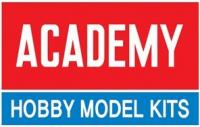
Academy Models
-

Accurascale
-
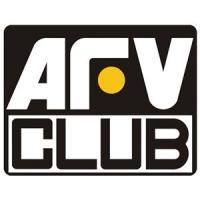
AFV Club
-
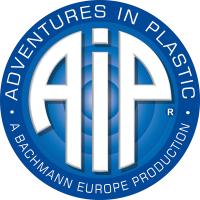
AIP by Bachmann
-

Airfix
-

Arnold
-

ATD Models
-
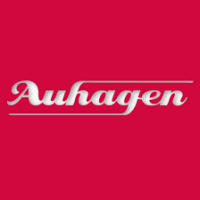
Auhagen
-

Bachmann
-

Bachmann Narrow Gauge
-
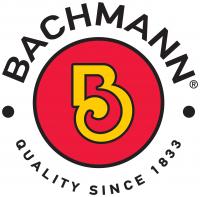
Bachmann USA
-
Barrie Stevenson
-

Bassett-Lowke
-

Berko
-
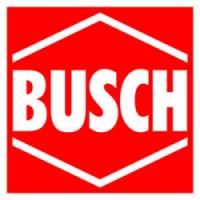
Busch
-

Cambrian
-

Clark Railworks
-

Corgi
-

Cornerstone
-

Dapol
-

DCC Concepts
-

Deluxe Materials
-

Dundas
-
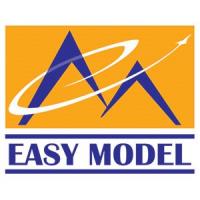
Easy Model
-

Eckon
-

EFE Rail
-

EFE Road
-

Emhar
-

ESU
-
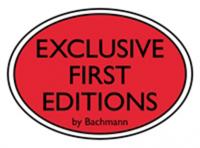
Exclusive First Editions
-

Faller
-

Fleischmann
-
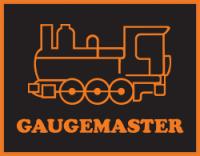
Gaugemaster
-

Gecko Models
-

Golden Valley Hobbies
-

Graham Farish
-

Greenlight Collectibles
-

Heljan
-
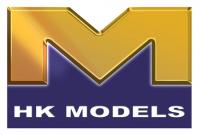
HK Models
-

Hornby
-

Hornby International
-

Hornby TT:120
-

Humbrol
-
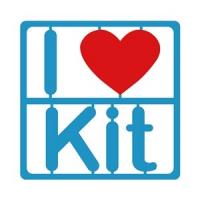
I Love Kit
-

Jouef
-
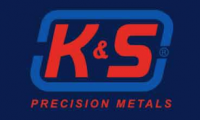
K&S Metals
-
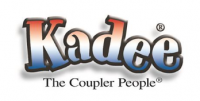
Kadee
-

Kato
-
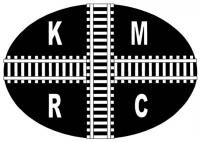
Kernow Models
-
Kestrel
-

Kibri
-

Lenz Digital
-
LightCraft
-

Liliput
-
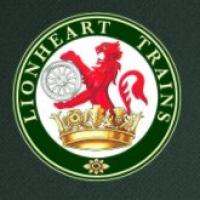
Lionheart Trains
-

Merit
-

Metcalfe
-

Middleton Press
-
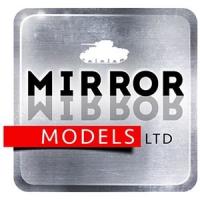
Mirror Models
-
Miscellaneous
-

model scene
-

ModelMaker
-

Murphy Models
-

Noch
-

Oxford Diecast
-
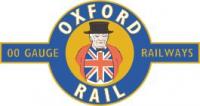
Oxford Rail
-
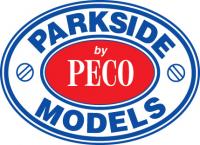
Parkside by Peco
-

PECO
-

Plastruct
-
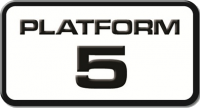
Platform 5
-

PM Model
-

Preiser
-

Proses
-
RailMatch
-
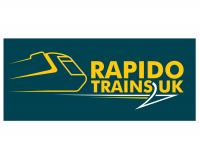
Rapido
-
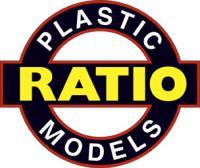
Ratio
-

Revell
-

Revolution Trains
-

Rivarossi
-

Roco
-
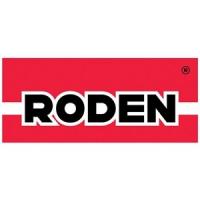
Roden
-

Scale Model Scenery
-

Scalextric
-
Shawplan
-

Slaters
-
Smiths
-

Springside
-
Star Tec
-
Strathwood
-

Superquick
-
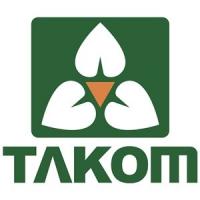
Takom
-
Taliesin
-
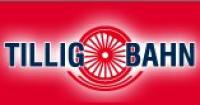
Tillig
-
Tiny Signs
-

Toyway
-
Tracksetta
-

Train-Tech
-

TrainSave
-
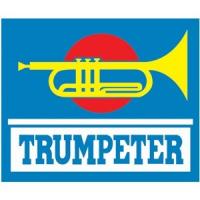
Trumpeter
-

Viessmann
-

Vollmer
-
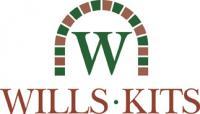
Wills
-

Woodland Scenics
-

Xuron
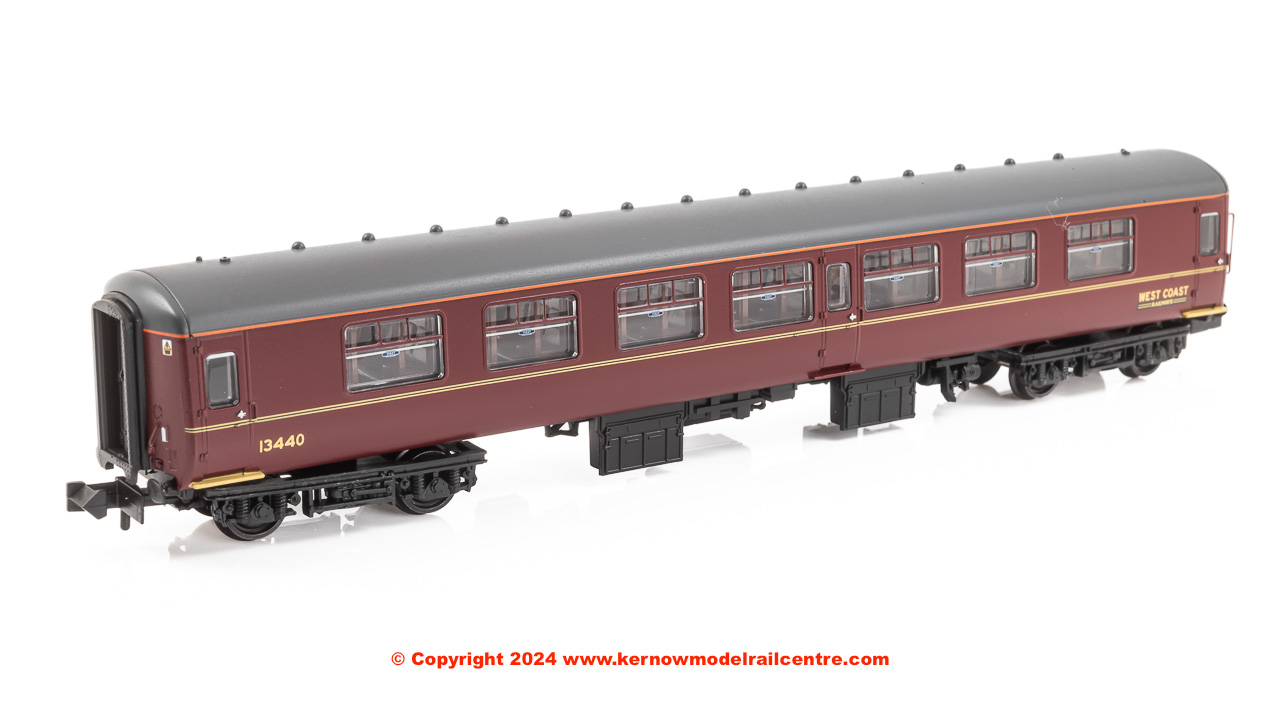
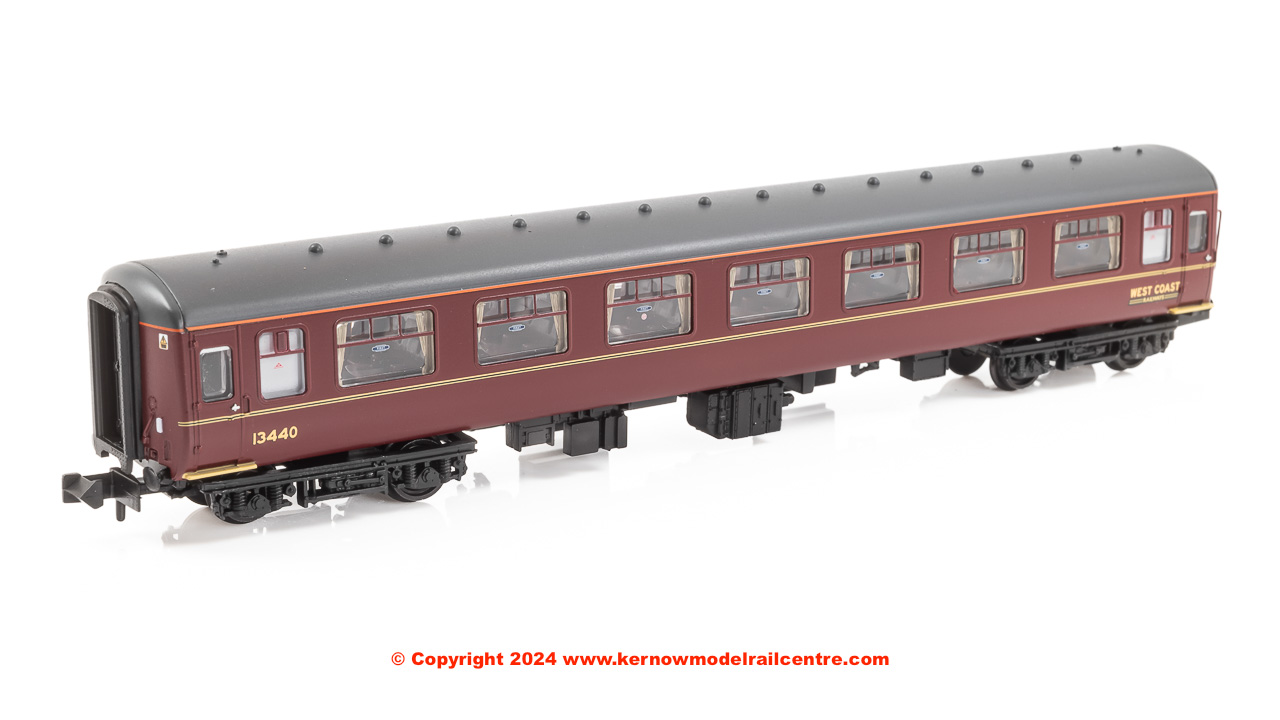
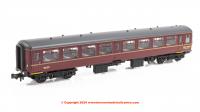
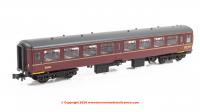

Connect with us socially

